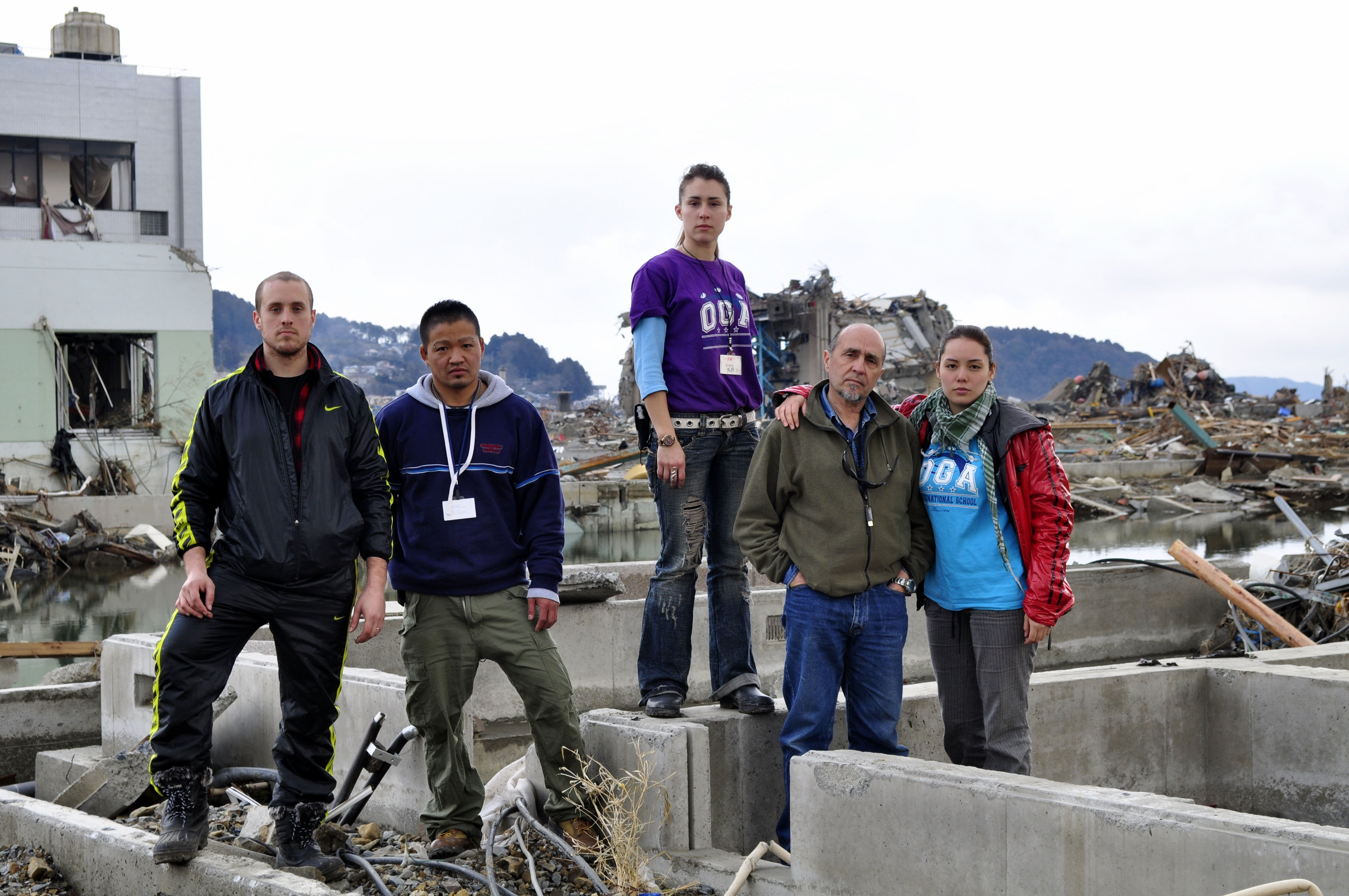When I first volunteered in the tsunami-hit city of Ishinomaki in July 2011, I found myself torn between conflicting emotions.
That week Ishinomaki staged its annual Kawabiraki Festival and there were signs of renewed hope, even as the city mourned its 3,500 dead and missing. Streets only recently cleared of sludge filled with festival crowds, volunteers paraded with a portable shrine fashioned from tsunami debris, and fireworks burst defiantly high above toppled buildings.
But afterwards I visited the obliterated seaside district of Kadonowaki, and as I walked through its fields of debris, I wondered how the city — and the whole region — could ever recover.



















With your current subscription plan you can comment on stories. However, before writing your first comment, please create a display name in the Profile section of your subscriber account page.